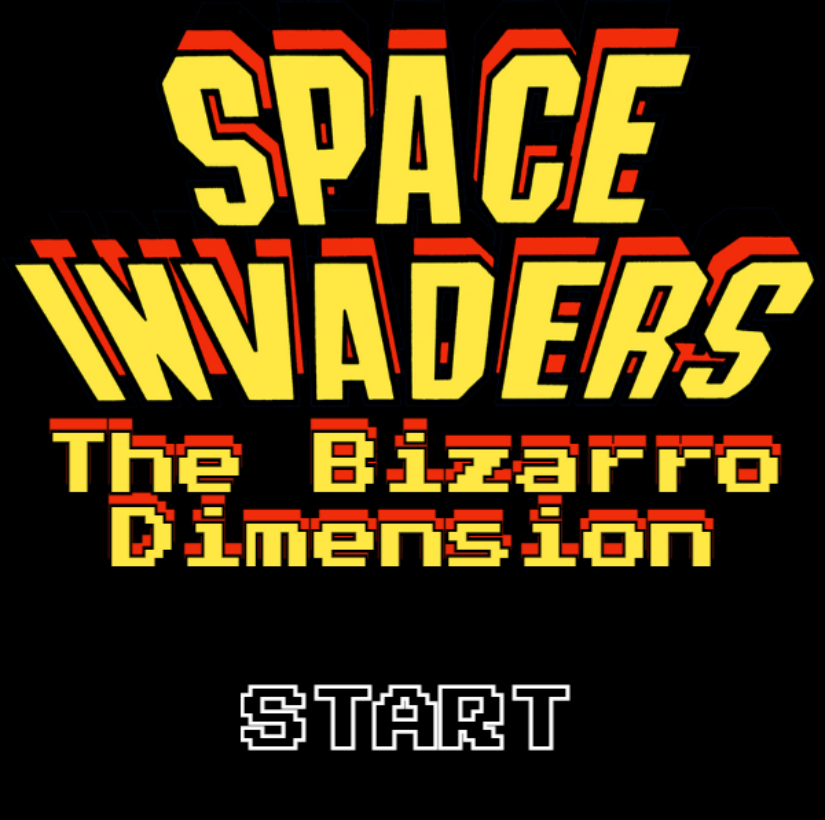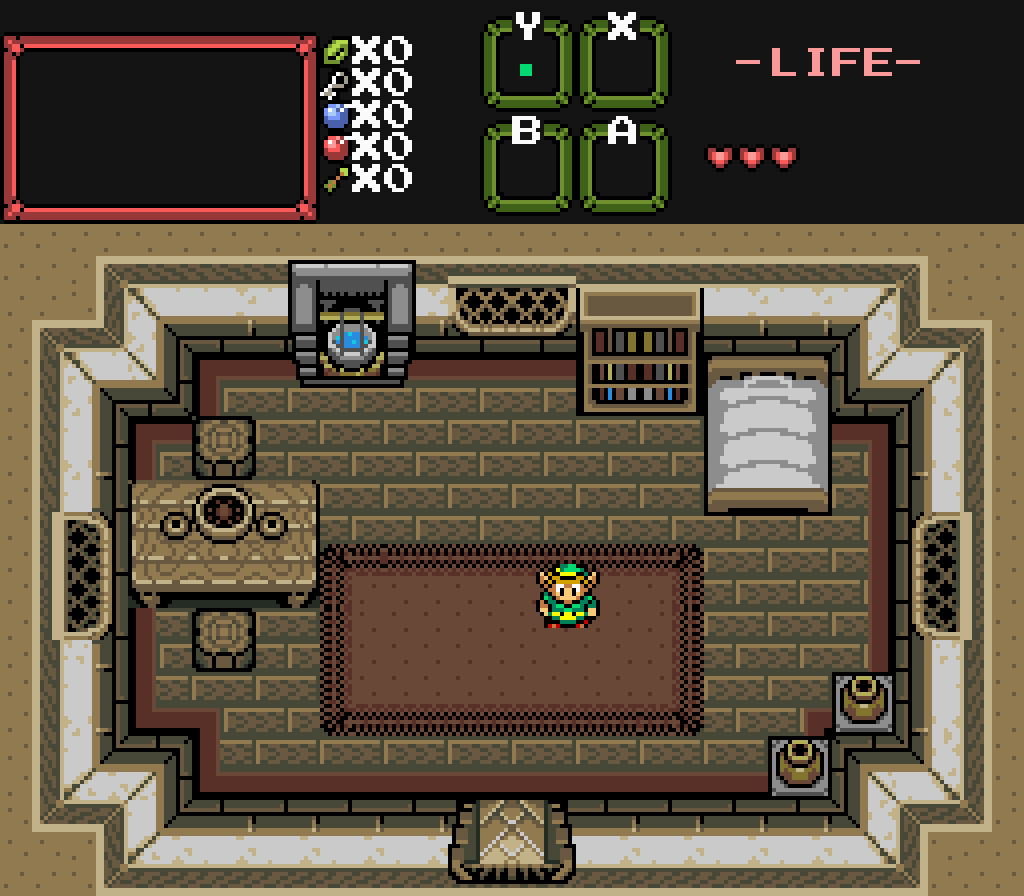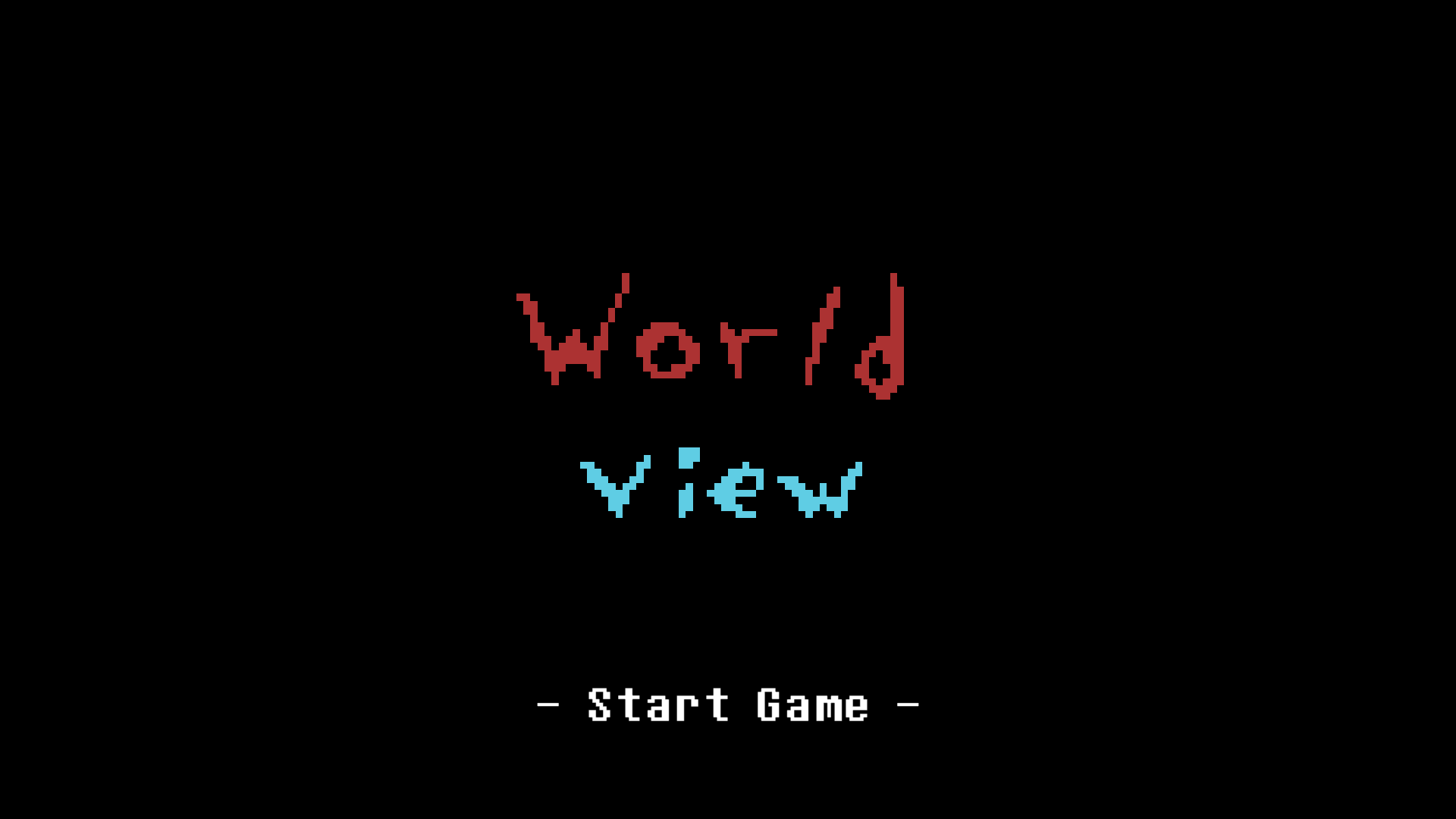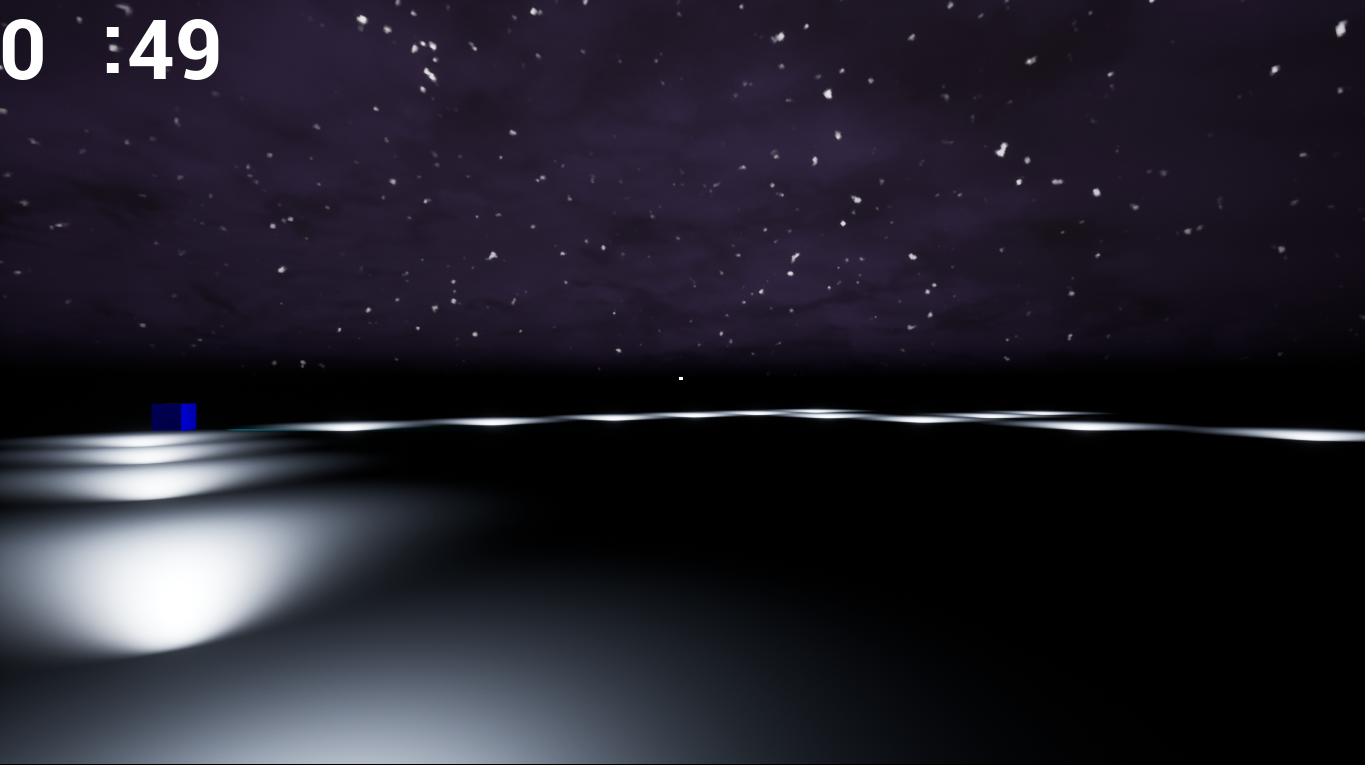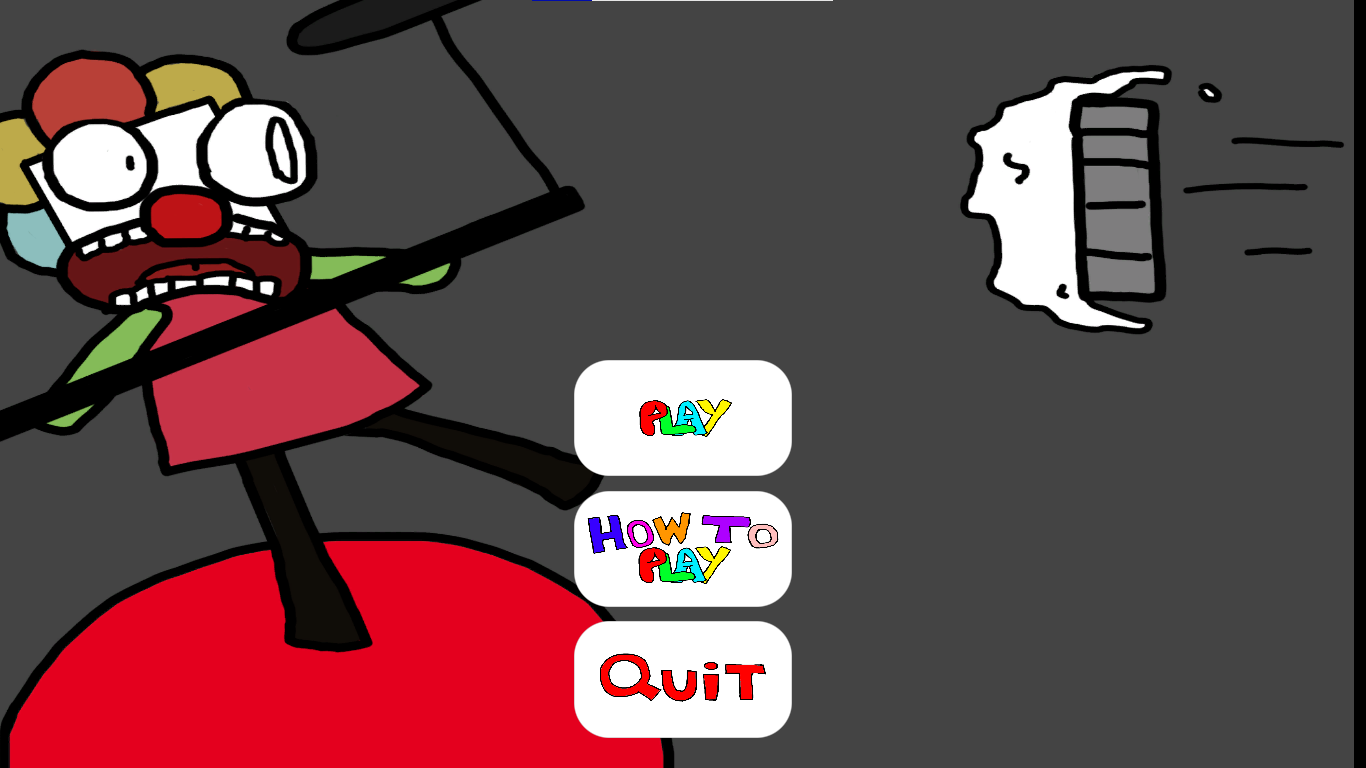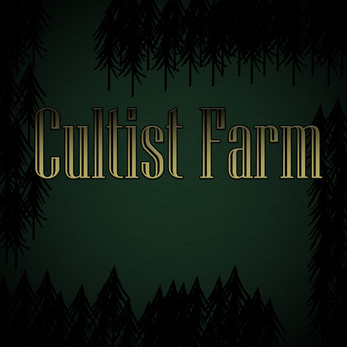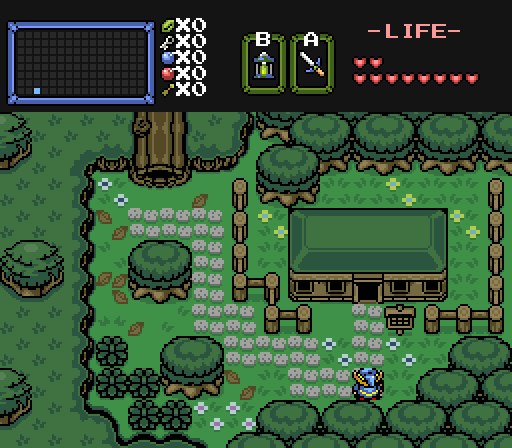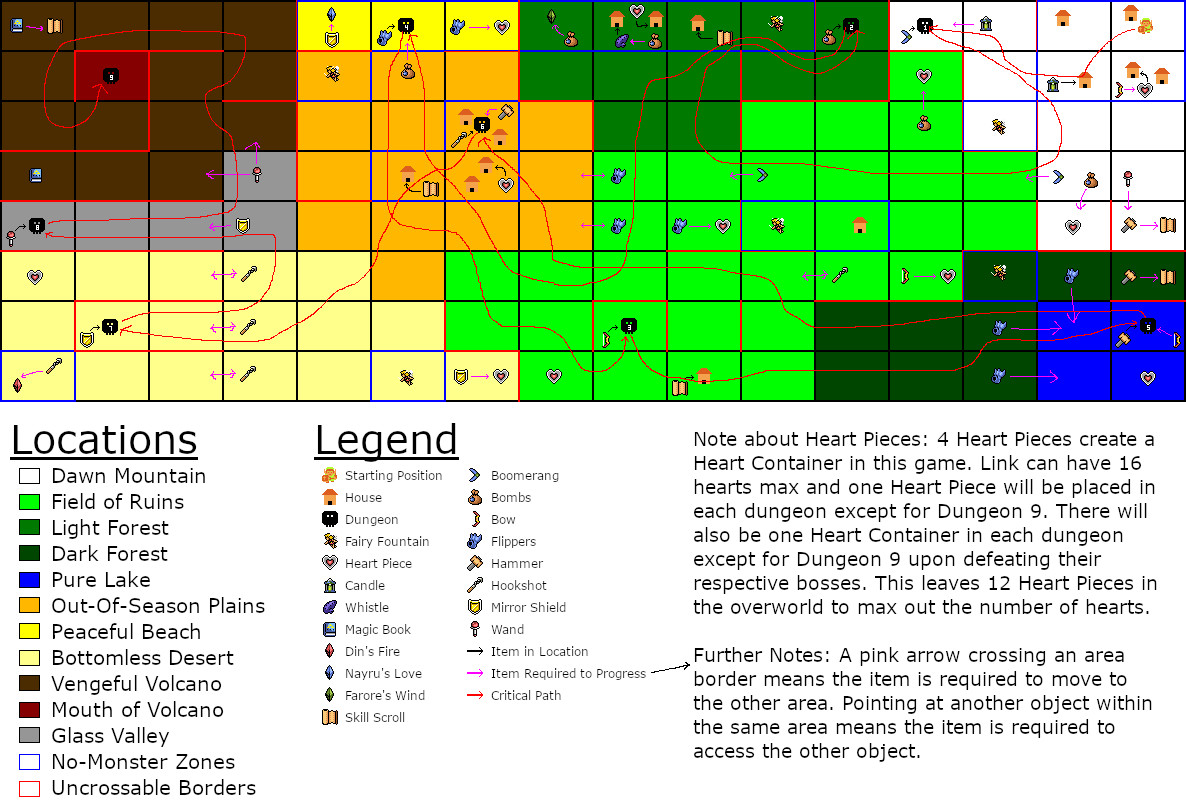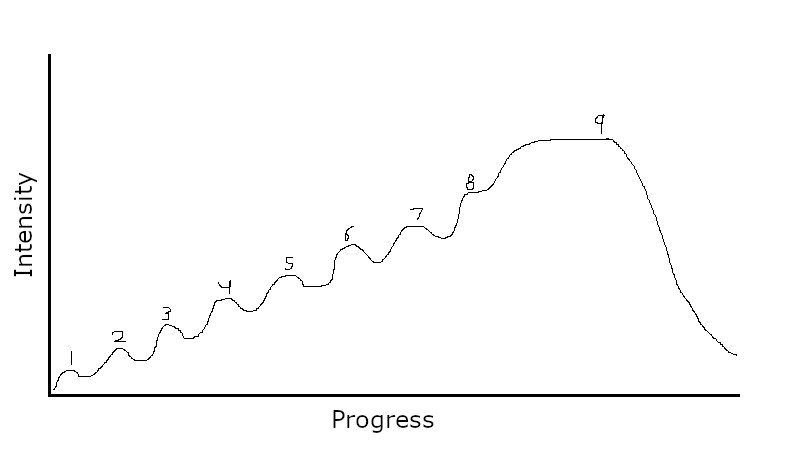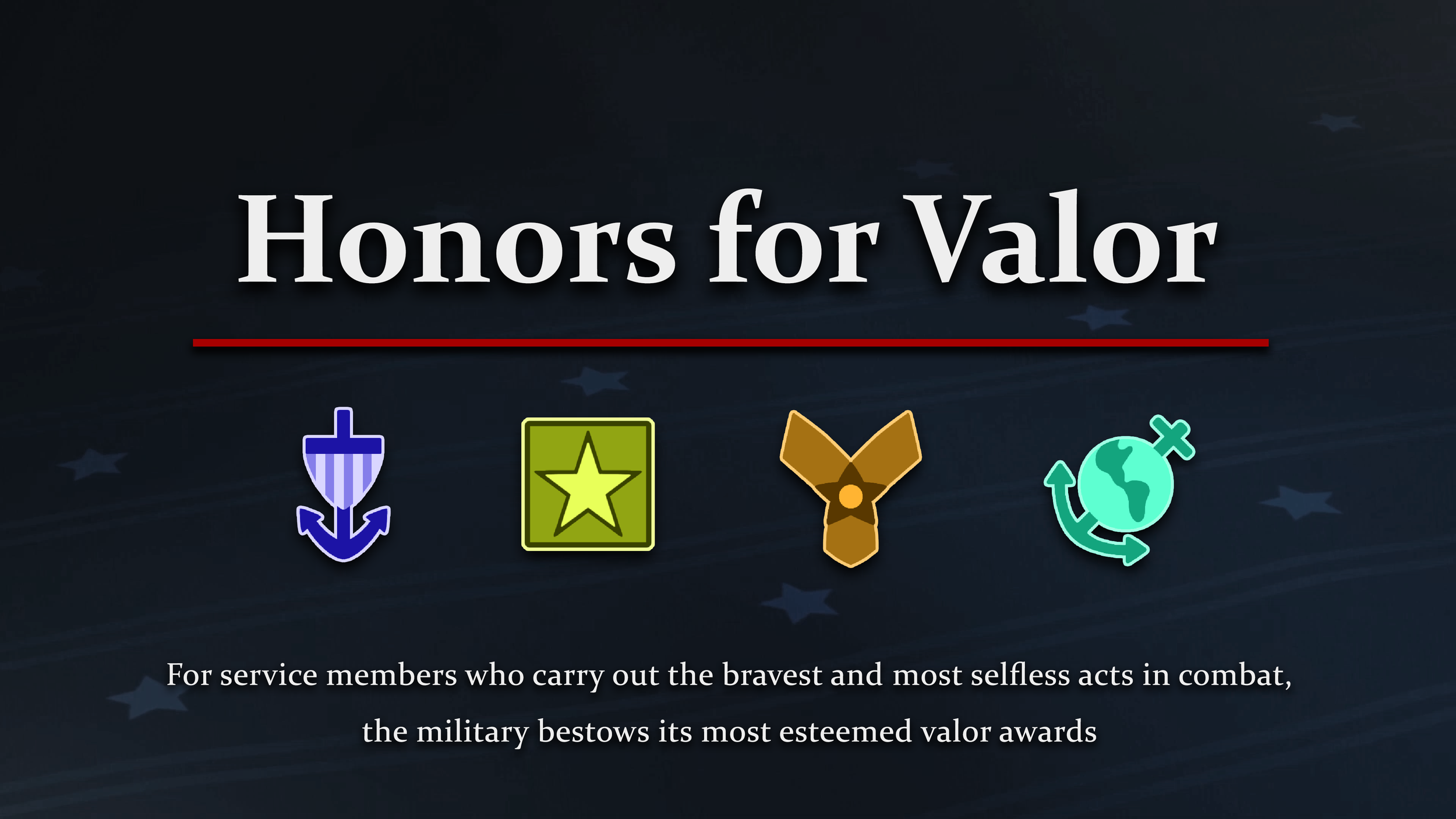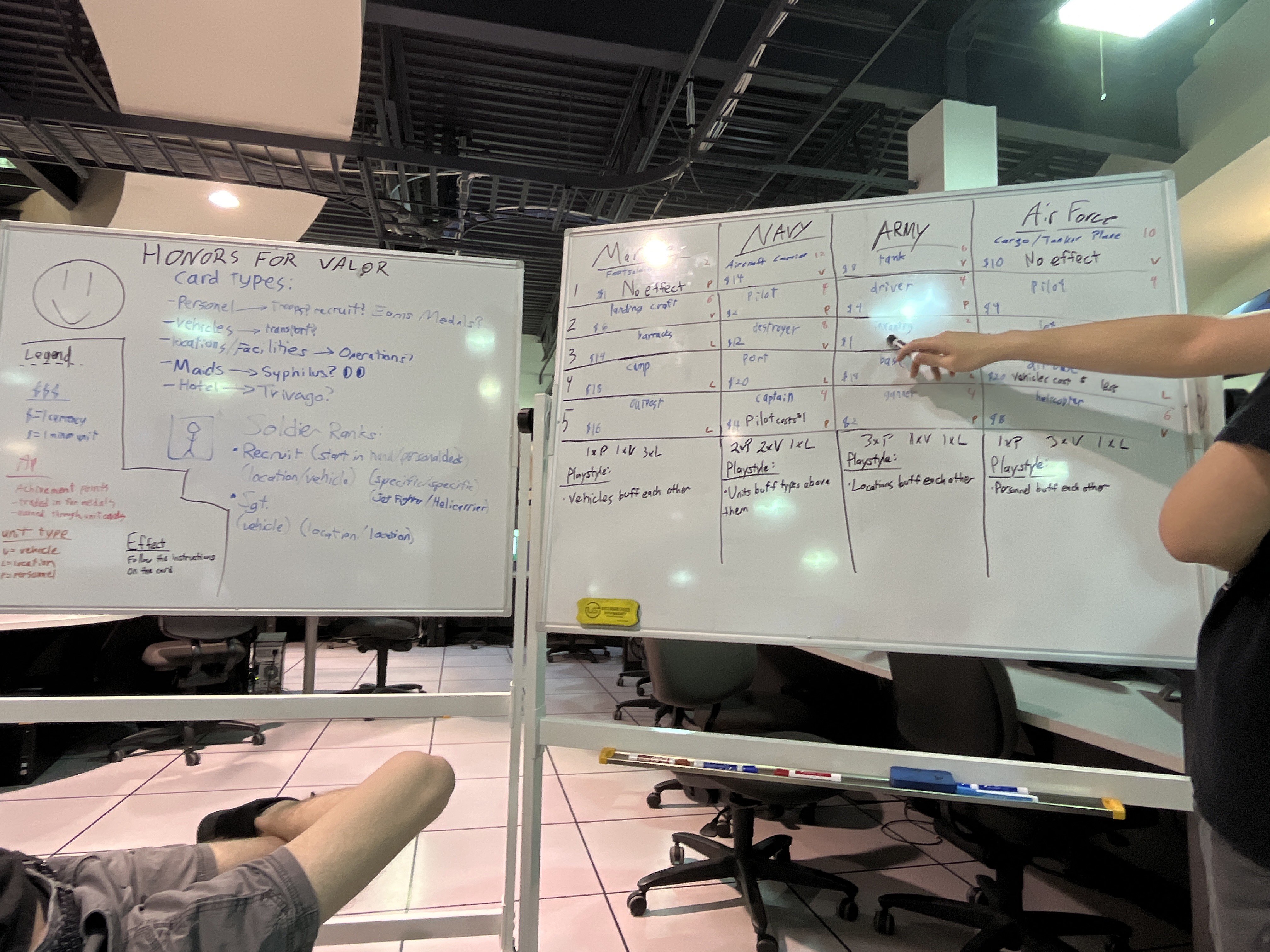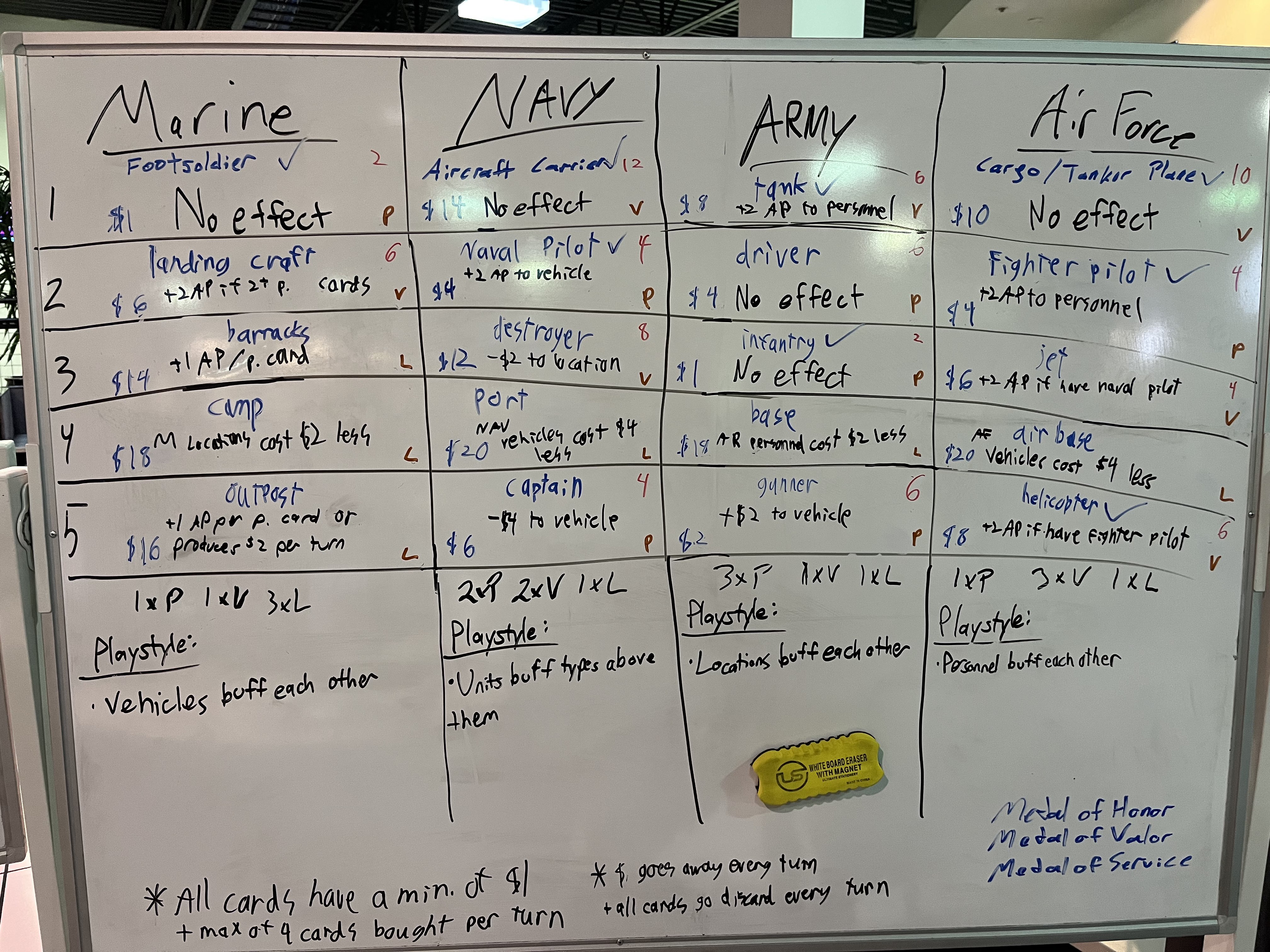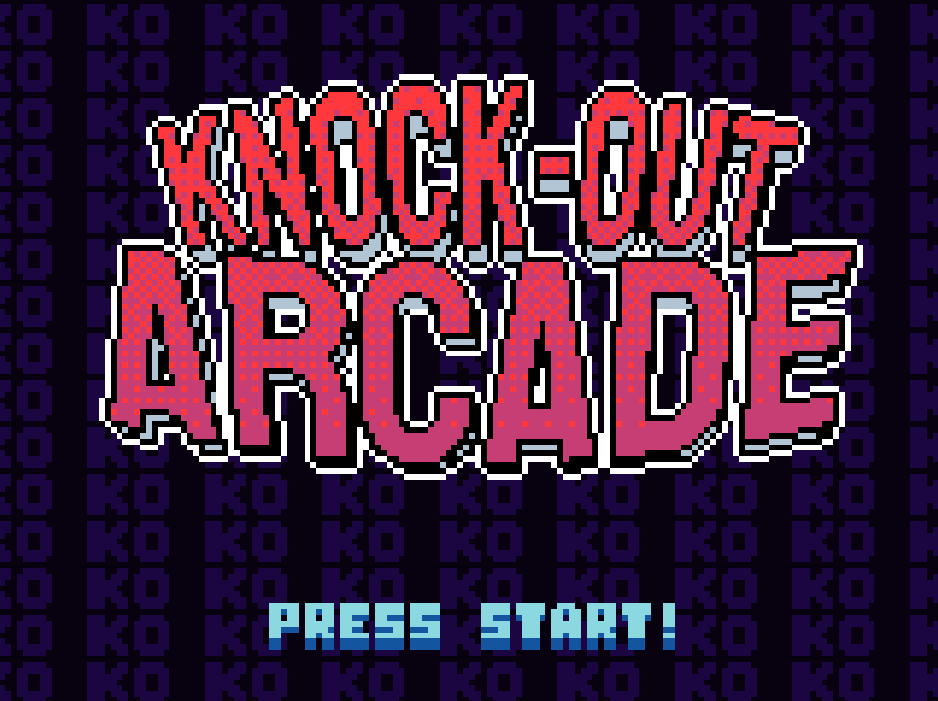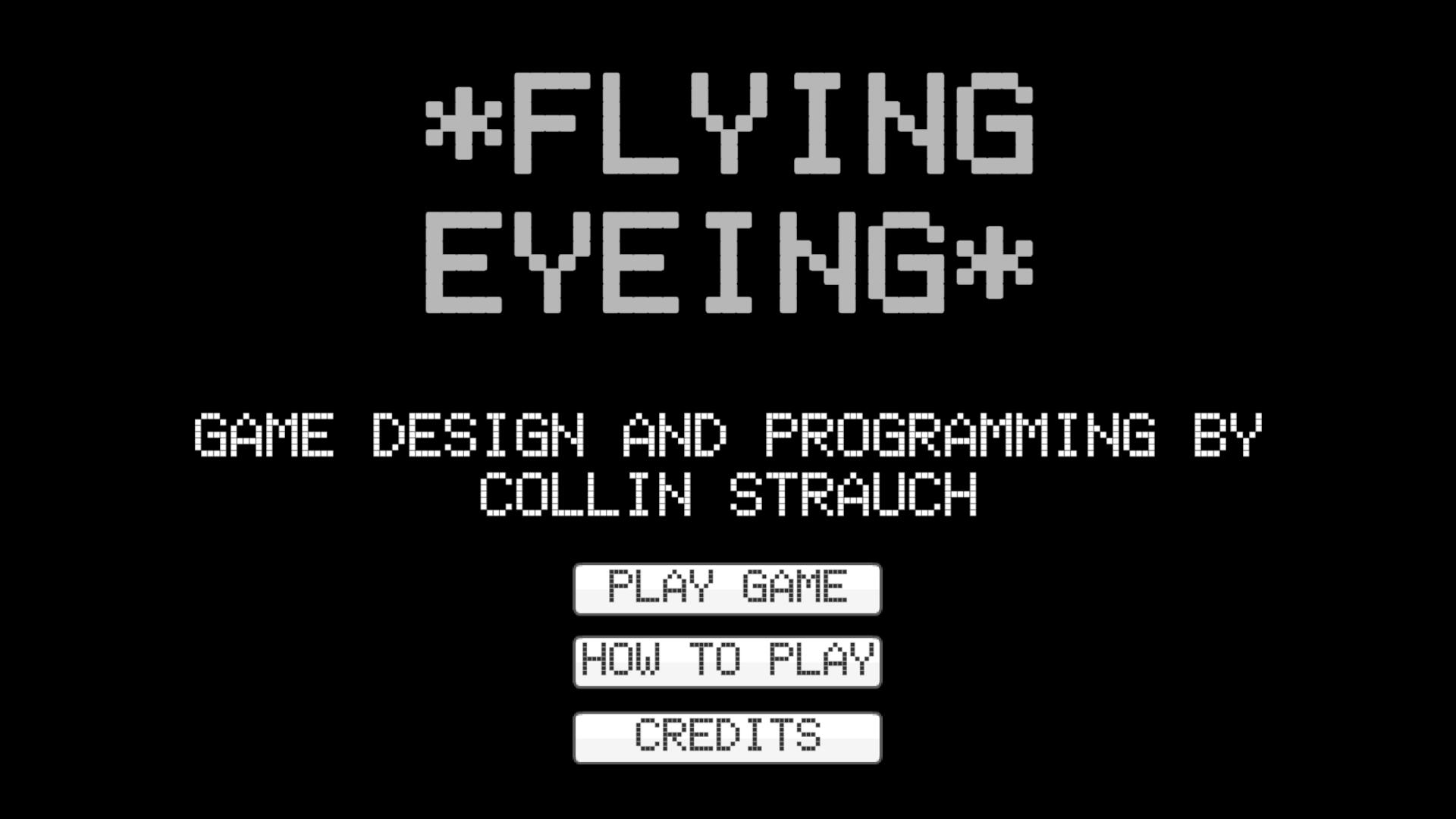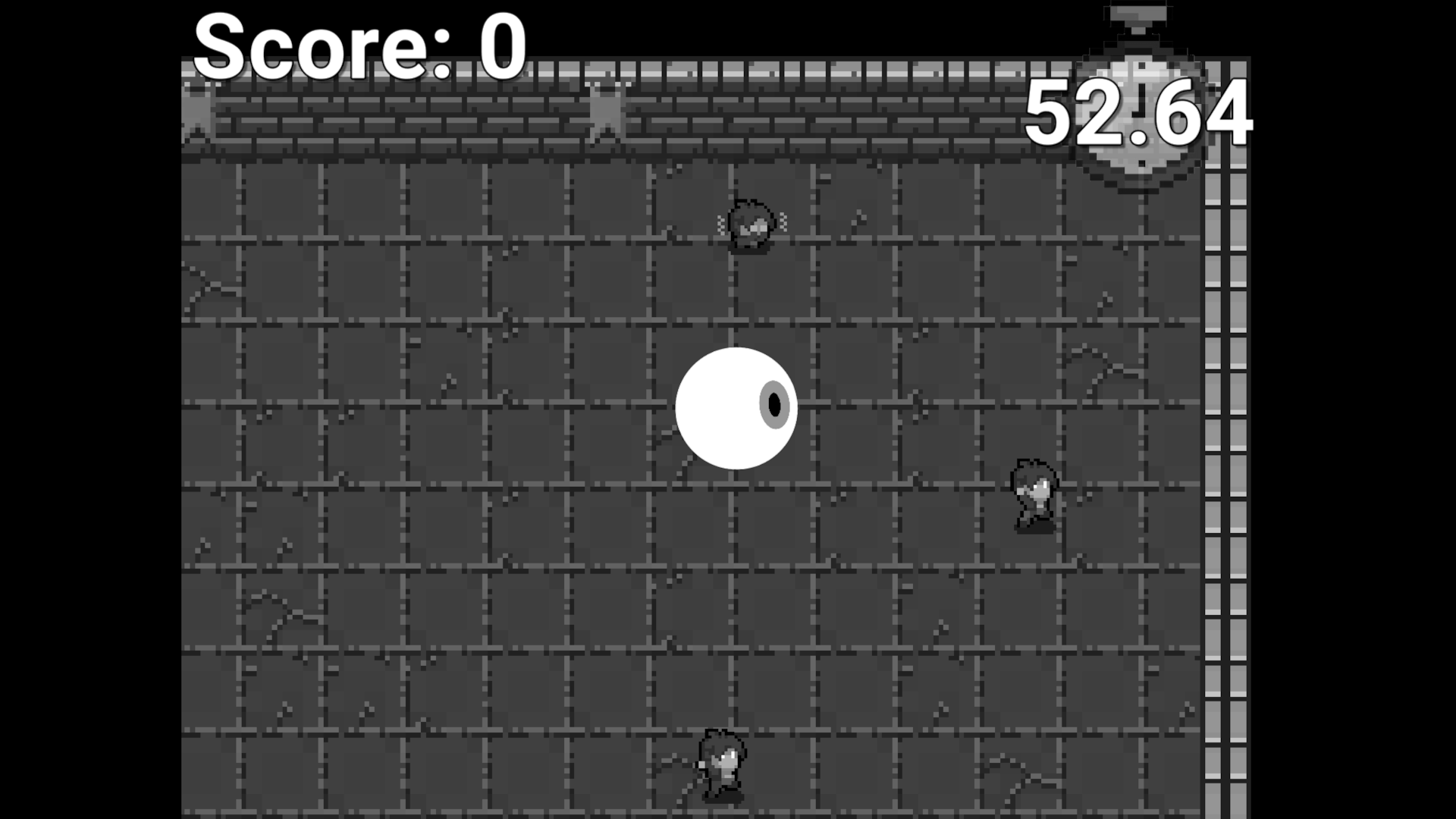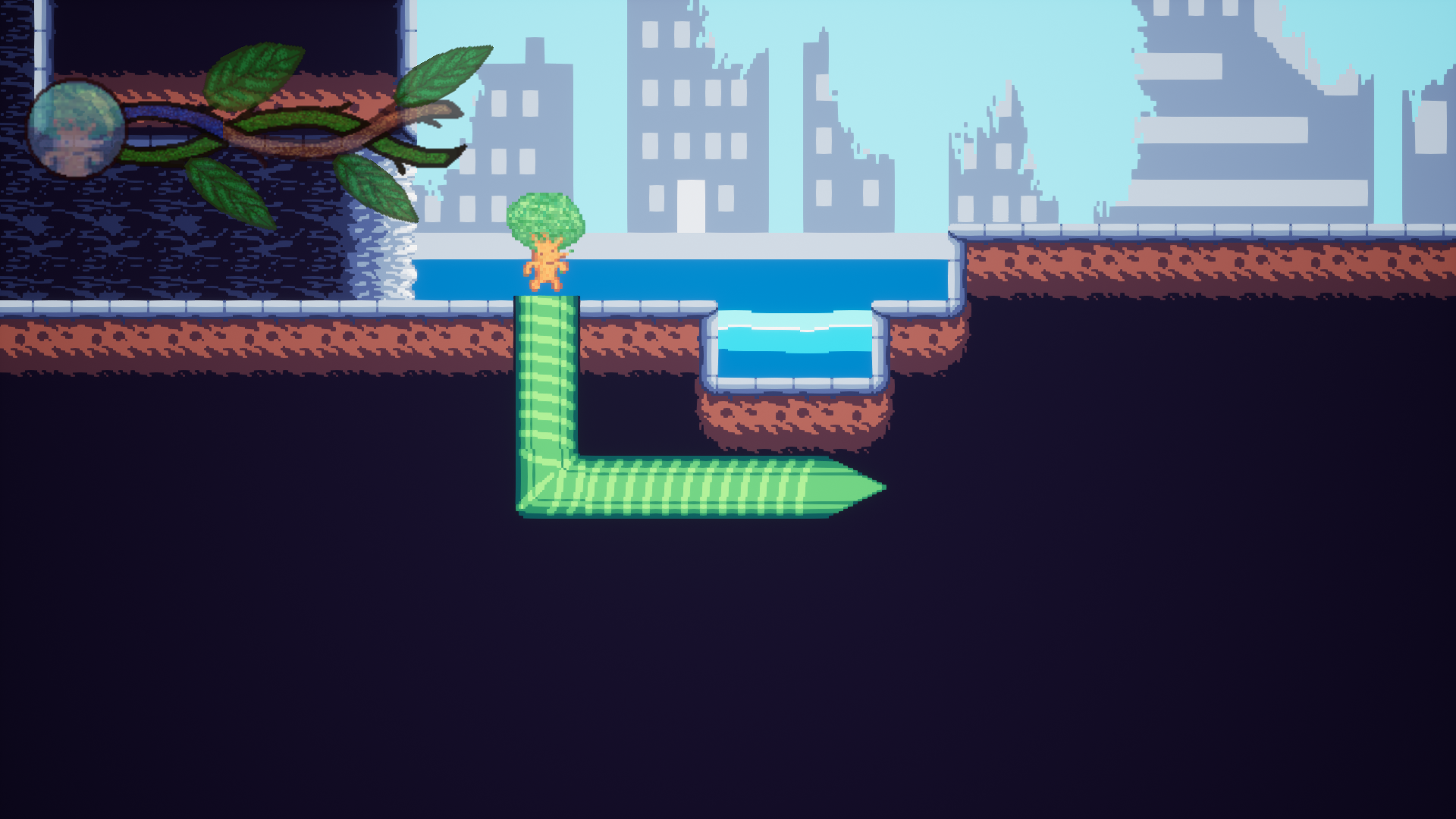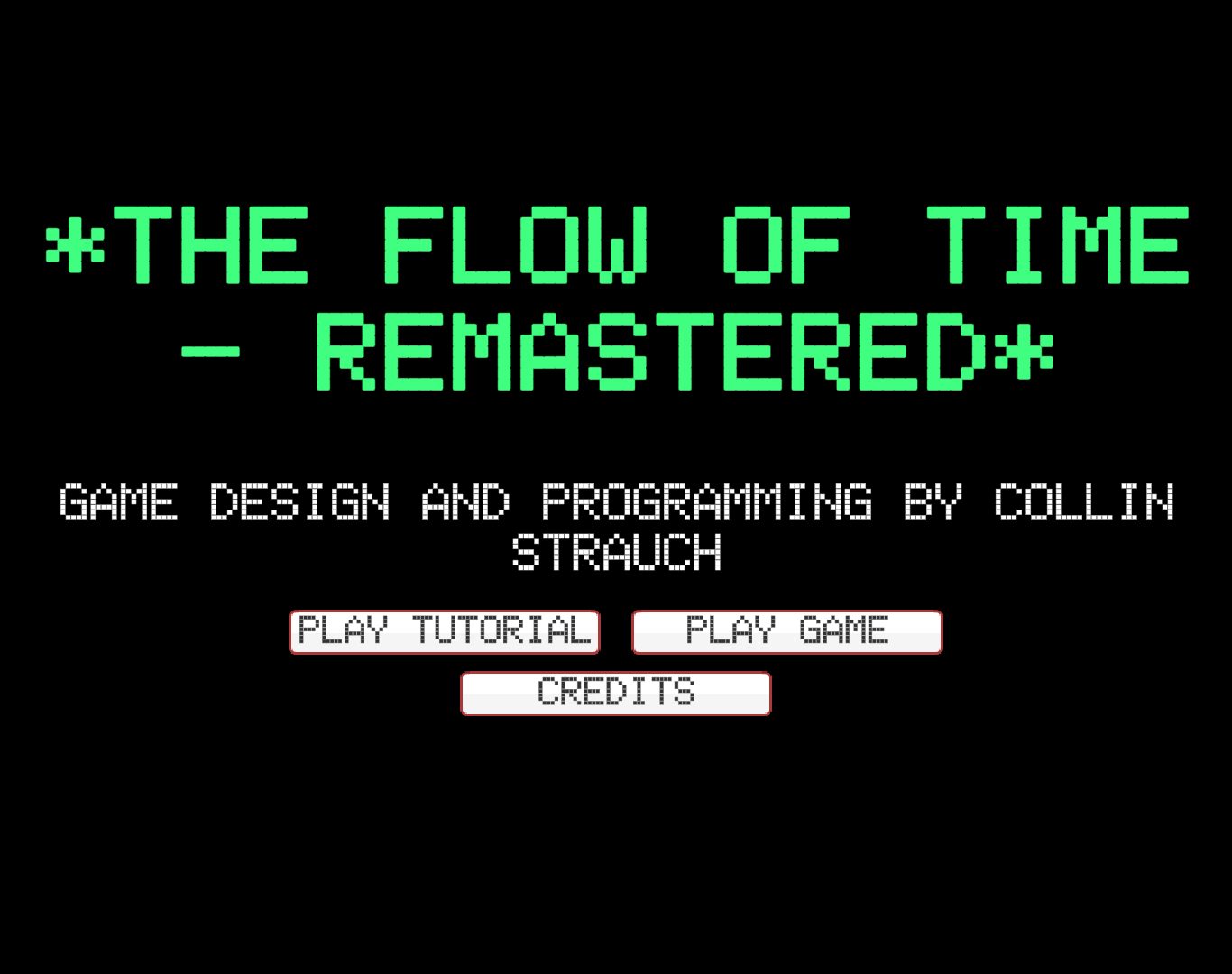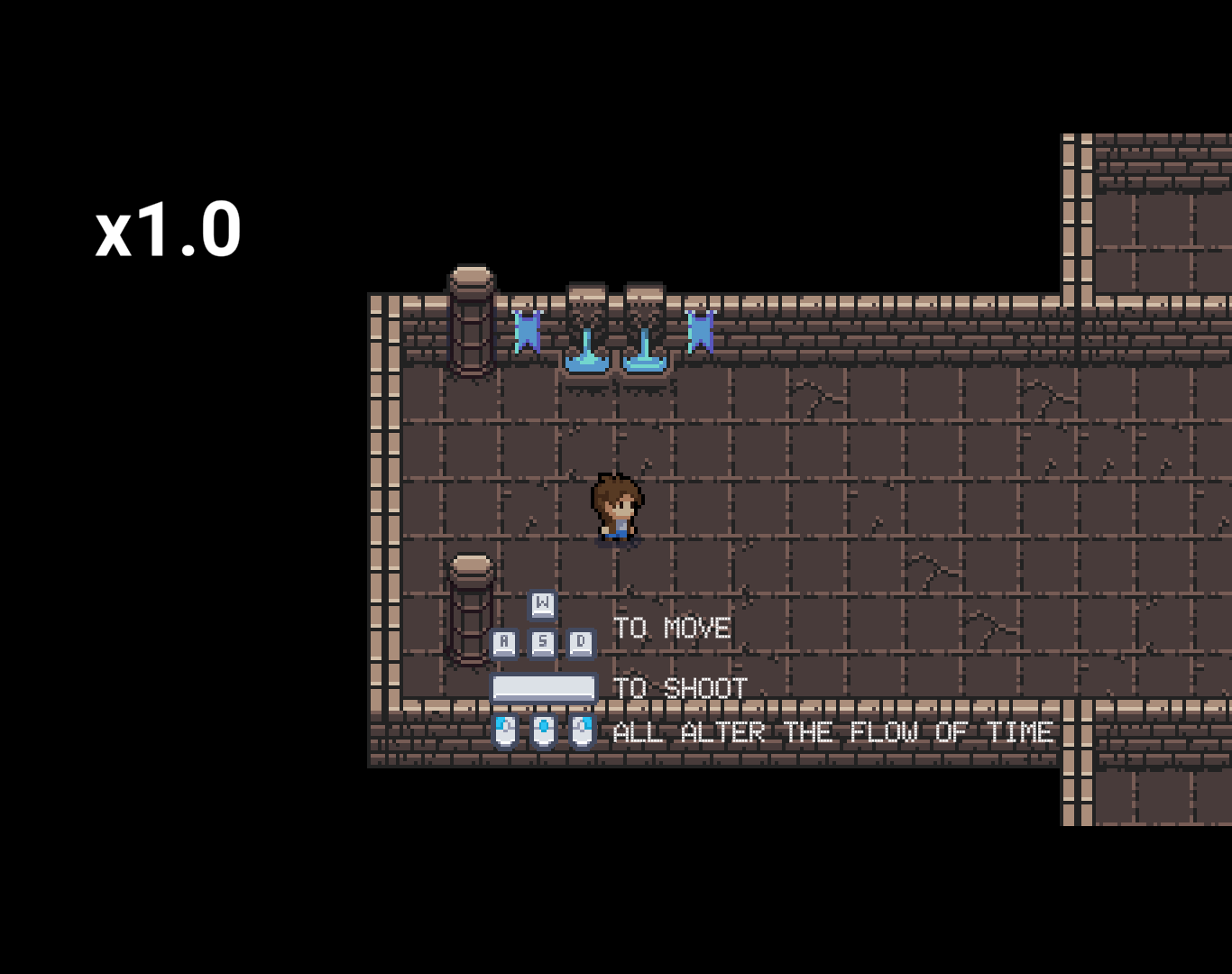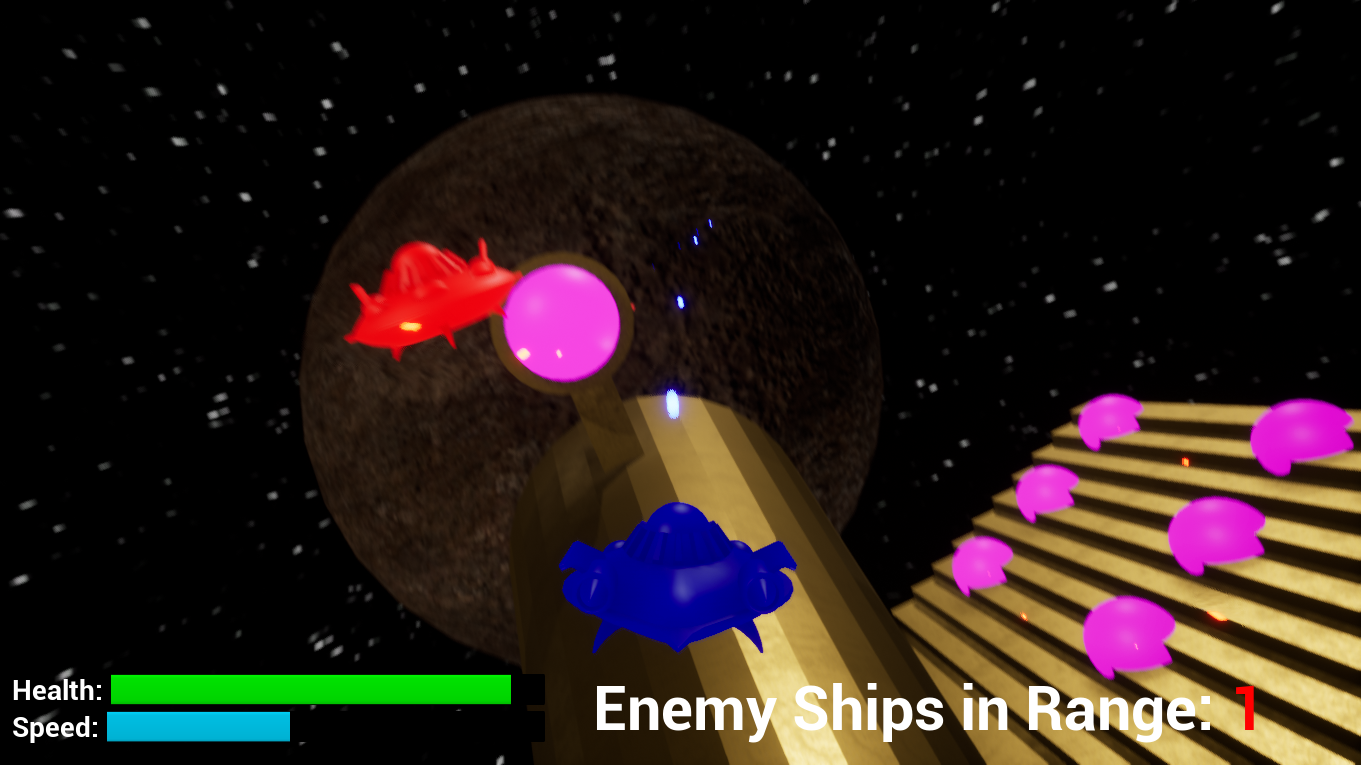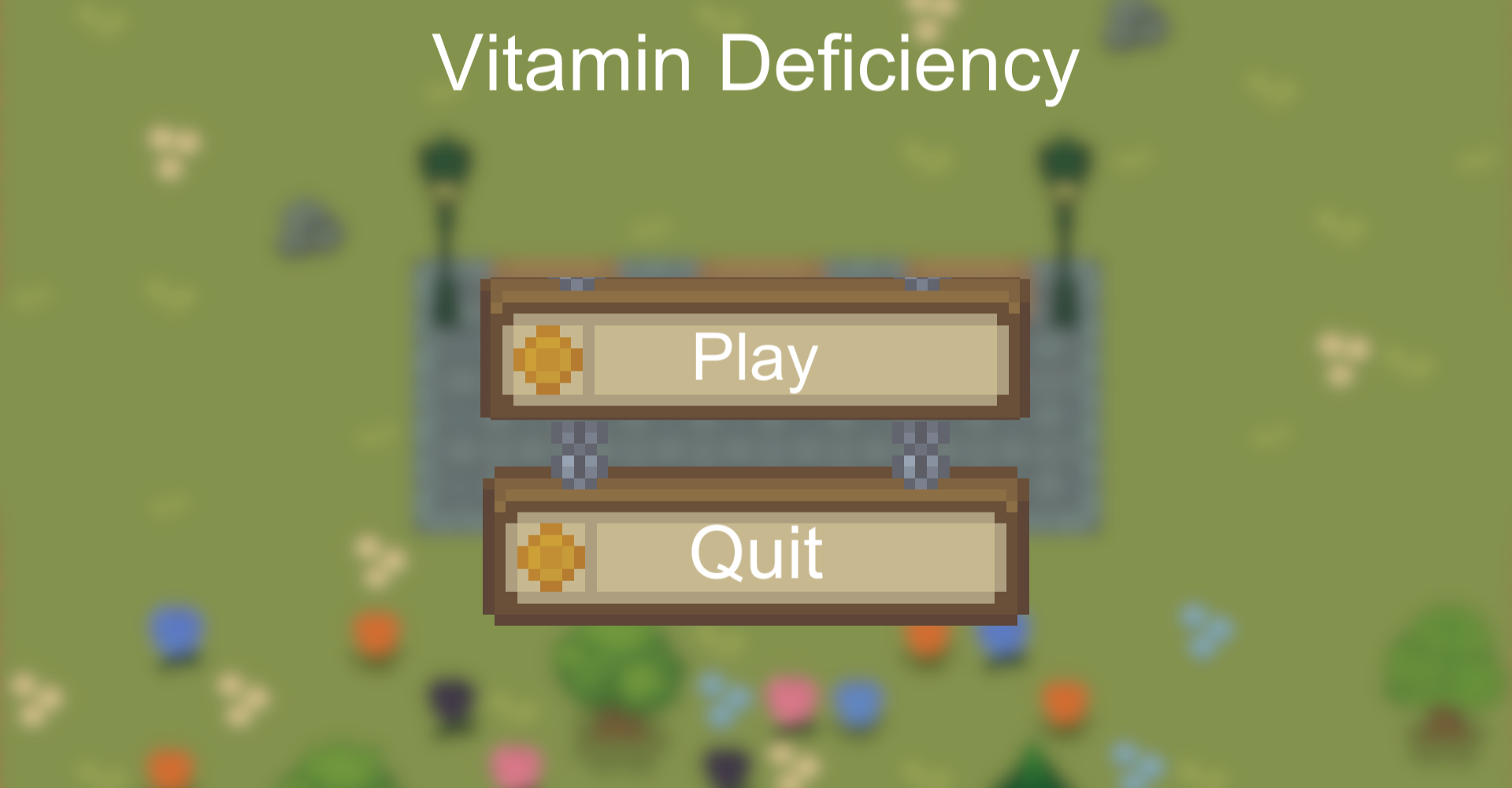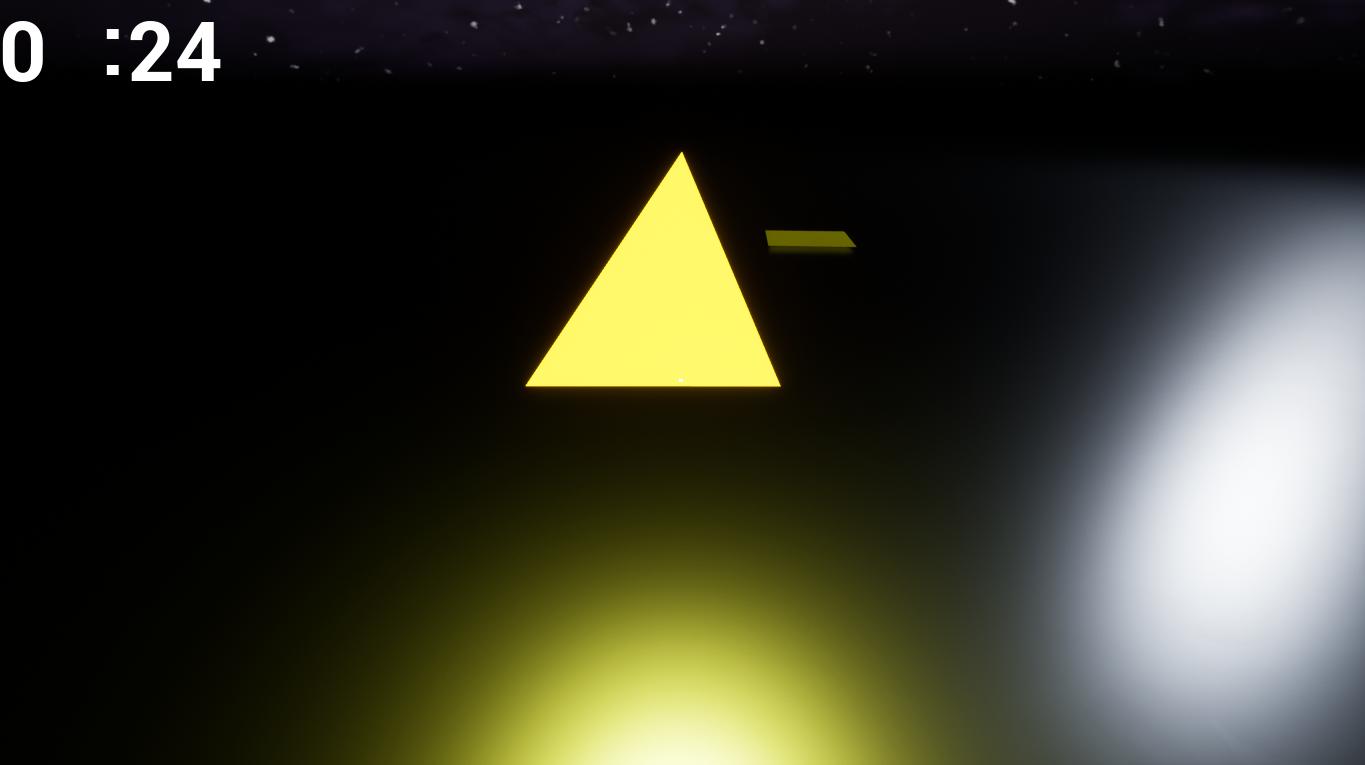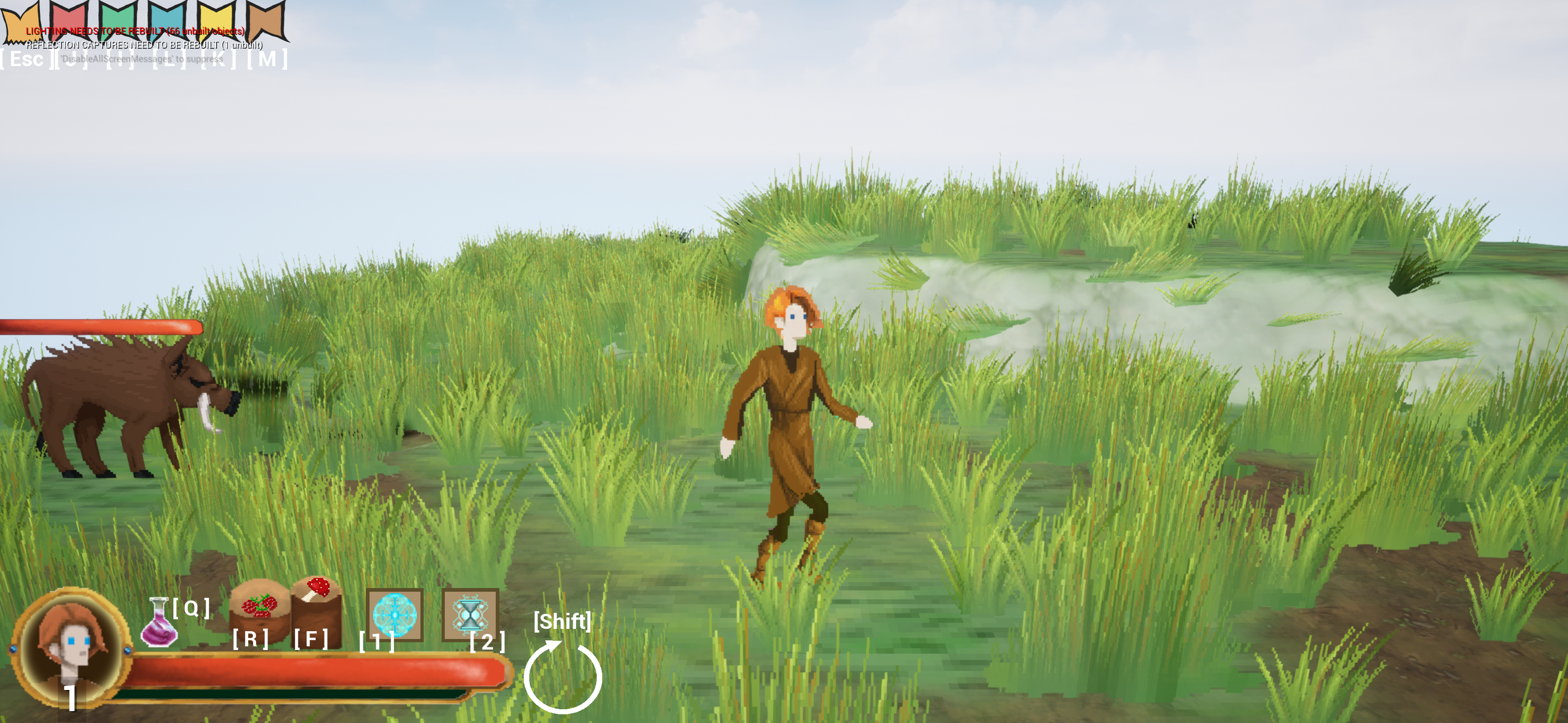Space Invaders: The Bizarro Dimension
Role: Individual
Space Invaders: The Bizarro Dimension is a top-down shooter resembling the original Space
Invaders, created individually. Similarly to the original Space Invaders, you shoot aliens, but
there are a number of twists that make this game extremely different from the original.
I only had two weeks to develop this project, but I had a lot of ideas going into it.
This project piggybacked off of some previous assignments for a class, so I had the foundation
for the code already.
I wrote a project proposal detailing the story, the aesthetics, and some overall
features of the game. I also drew some rough sketches showing the game layout. As I worked on
the project, I documented my progress in the form of a journal. I recorded what I worked on each
day and my methodology for everything I did. I also kept a list of outside references and assets
that were pulled and modified for this project.
